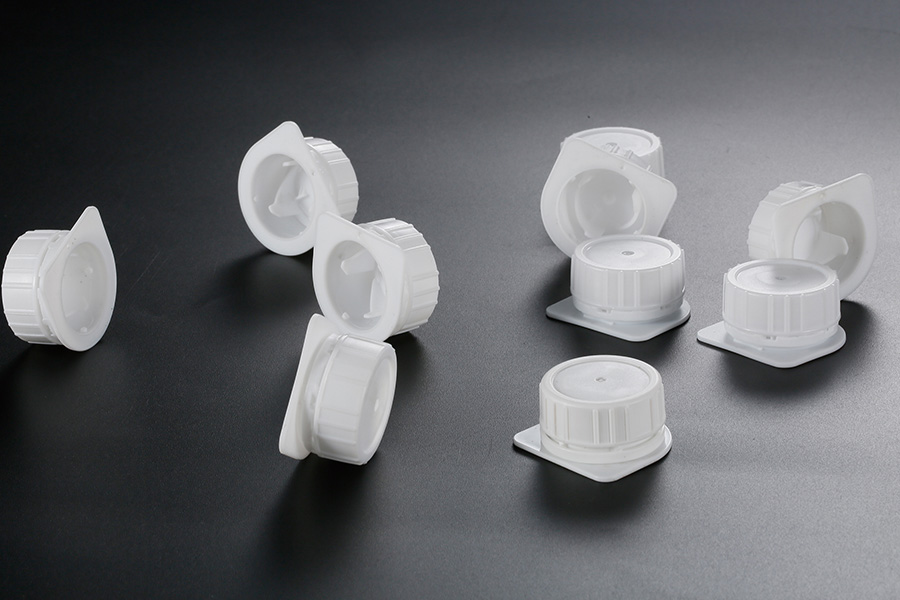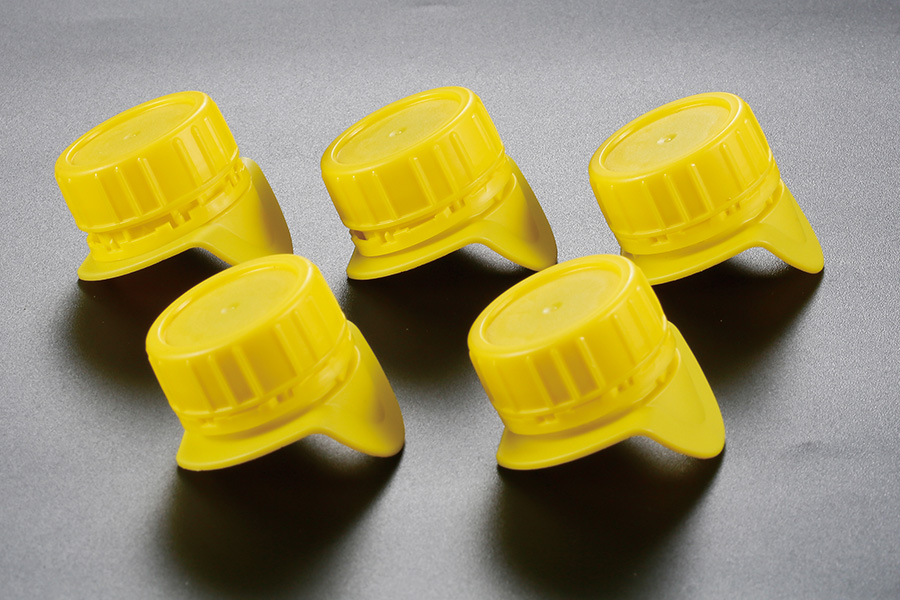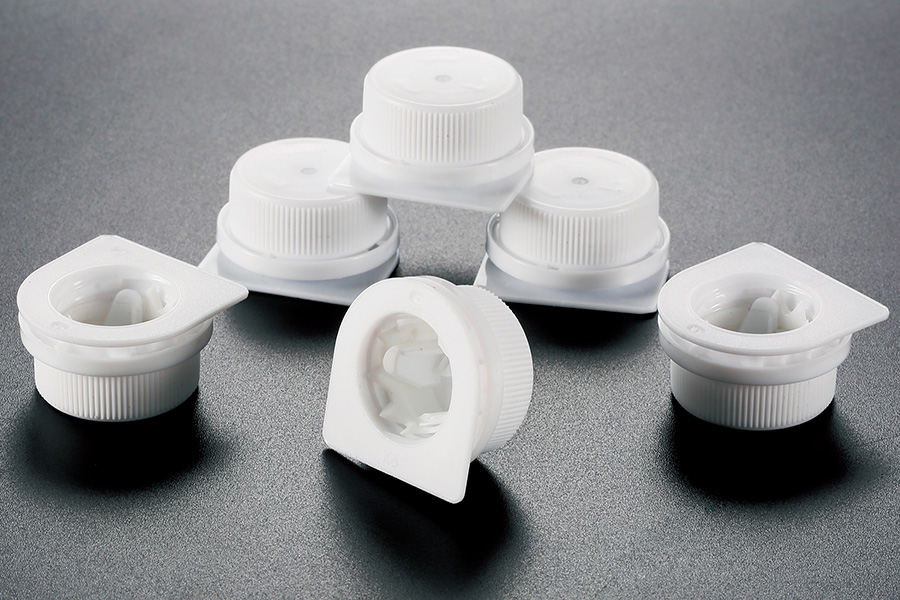The rise in reusable packaging is primarily driven by environmental concerns and consumer preference for products that reduce waste. Caps that can withstand multiple opening and closing cycles without compromising their sealing ability or usability have become crucial. This demand has led to a reconsideration of traditional single-use cap designs, and designers are focusing on durability and user convenience while maintaining safety and hygiene.

One important design consideration influenced by reusability is the mechanism of fluid dispensing. The Flow Control Cap exemplifies this trend by offering controlled liquid flow, which enhances user experience by less spills and waste. Unlike conventional caps, the Flow Control Cap often includes built-in features to regulate the flow rate, ensuring the liquid pours steadily and predictably. This functionality supports repeated use since it helps maintain the product’s quality and prevents contamination by limiting exposure to air or external elements.
Similarly, the Pull-Push Cap has gained attention due to its simple yet effective mechanism that allows easy access to the product while securing the container between uses. This type of cap is designed for repetitive opening and closing, providing a tight seal that preserves freshness and prevents leakage. The ease of operation with a Pull-Push Cap makes it suitable for various liquid products, from beverages to household chemicals, emphasizing the cap’s role in supporting reusability standards.
Reusability also demands that caps be constructed from materials that endure wear and tear from repeated handling. Caps like the Flow Control Cap and Pull-Push Cap typically employ durable plastics that resist cracking, deformation, and loss of sealing integrity. The choice of materials is carefully aligned with environmental regulations and recyclability goals, balancing robustness with sustainability. Moreover, the materials used must comply with food safety and chemical resistance requirements to ensure that the cap remains safe through multiple uses.
Another aspect affected by reusability is the ease of cleaning and maintenance. A reusable cap should be designed with fewer crevices and complex geometries where residues might accumulate. Flow Control Caps often incorporate smooth internal channels that facilitate thorough cleaning, helping users maintain hygiene between uses. Pull-Push Caps, with their straightforward construction, also tend to be easier to clean compared to more complicated closure systems. This feature supports reusability by extending the product’s lifecycle and encouraging consumers to keep using the same container.
Standards organizations have responded to these evolving needs by updating guidelines and testing protocols for reusable packaging components. Caps are now evaluated on factors such as seal durability after repeated use, resistance to material fatigue, and performance consistency of dispensing mechanisms. Flow Control Caps and Pull-Push Caps are assessed for their ability to maintain functionality and safety across multiple cycles, reflecting the industry's commitment to ensuring reusable packaging is practical and reliable.
Furthermore, reusability influences the ergonomic design of caps. Users expect caps that are comfortable to handle and simple to operate repeatedly. The Flow Control Cap often features textured surfaces or finger grips to improve control during pouring, reducing fatigue and enhancing precision. The Pull-Push Cap's intuitive open-close motion supports users with limited hand strength or dexterity, which is an important consideration in reusable design standards. These ergonomic improvements ensure that reusability does not come at the cost of user convenience.
Reusability also impacts packaging logistics and supply chain considerations. Caps designed for repeated use, such as Flow Control Caps and Pull-Push Caps, can contribute to cost savings by reducing the frequency of replacement packaging. Manufacturers and consumers benefit from durable closures that maintain their properties over time, reducing waste and the need for frequent repurchasing. This efficiency aligns with broader environmental goals and supports circular economy initiatives within the packaging industry.
In summary, reusability is reshaping cap design standards across multiple dimensions. The demand for closures that provide durability, ease of use, hygiene, and environmental compatibility is driving innovation in cap technologies. Flow Control Caps illustrate how controlled dispensing can support product preservation and user satisfaction in reusable packaging. Pull-Push Caps demonstrate the importance of reliable, repeatable opening mechanisms that maintain a tight seal while being accessible. Both cap types embody the principles required for sustainable, reusable packaging solutions.
As environmental awareness continues to grow, the standards governing reusable caps will likely evolve further, encouraging continued innovation. Designers and manufacturers will need to balance functionality, safety, and sustainability to meet the challenges posed by reusable packaging. Caps such as the Flow Control Cap and Pull-Push Cap represent a step toward this balance, providing reliable and user-friendly options for reusable containers in diverse industries.


 English
English  русский
русский عربى
عربى



